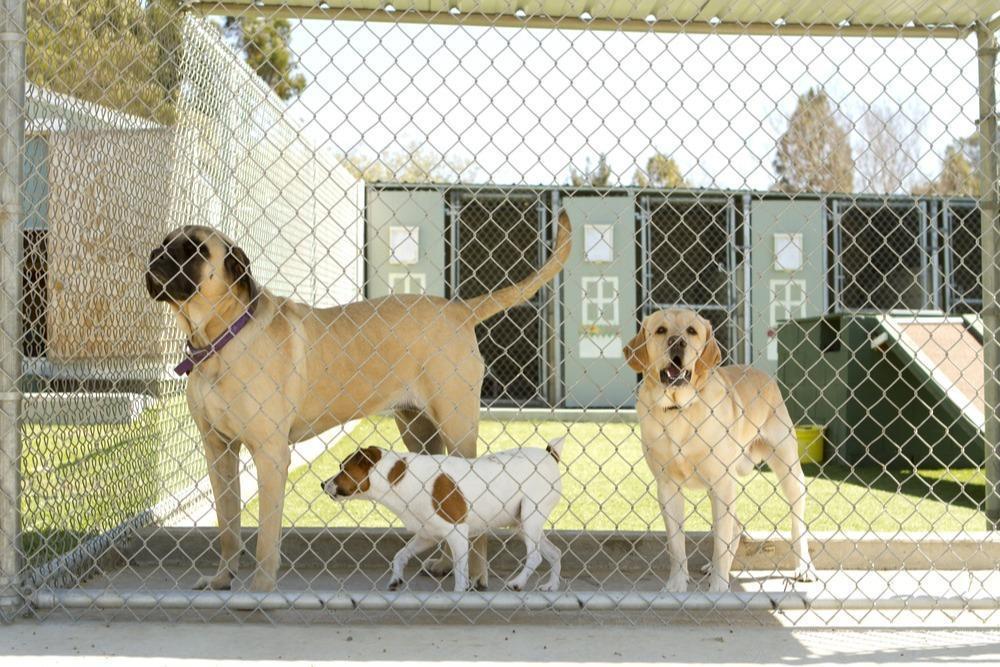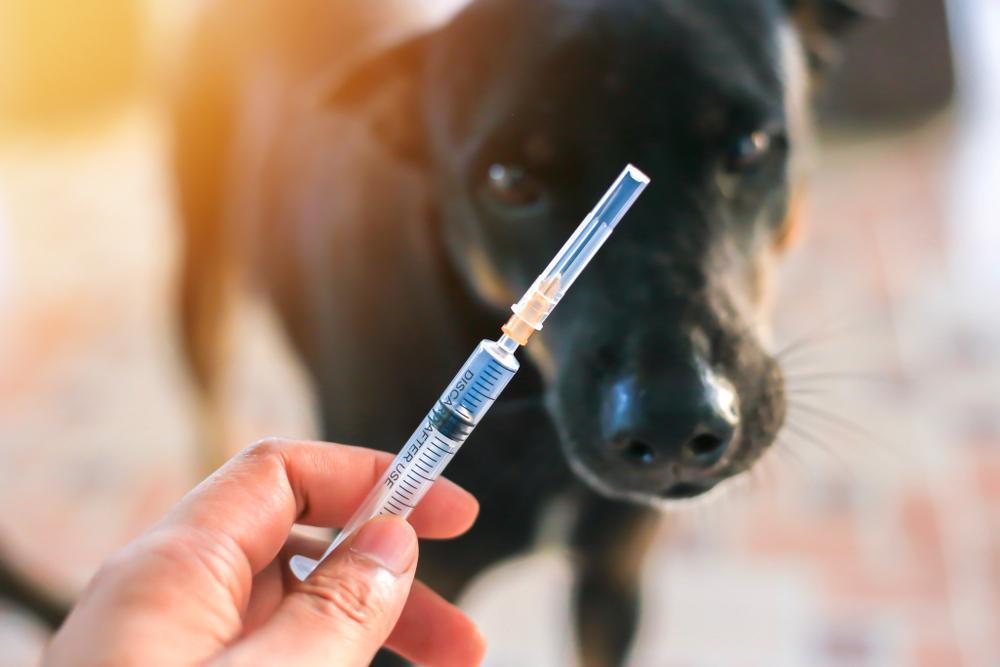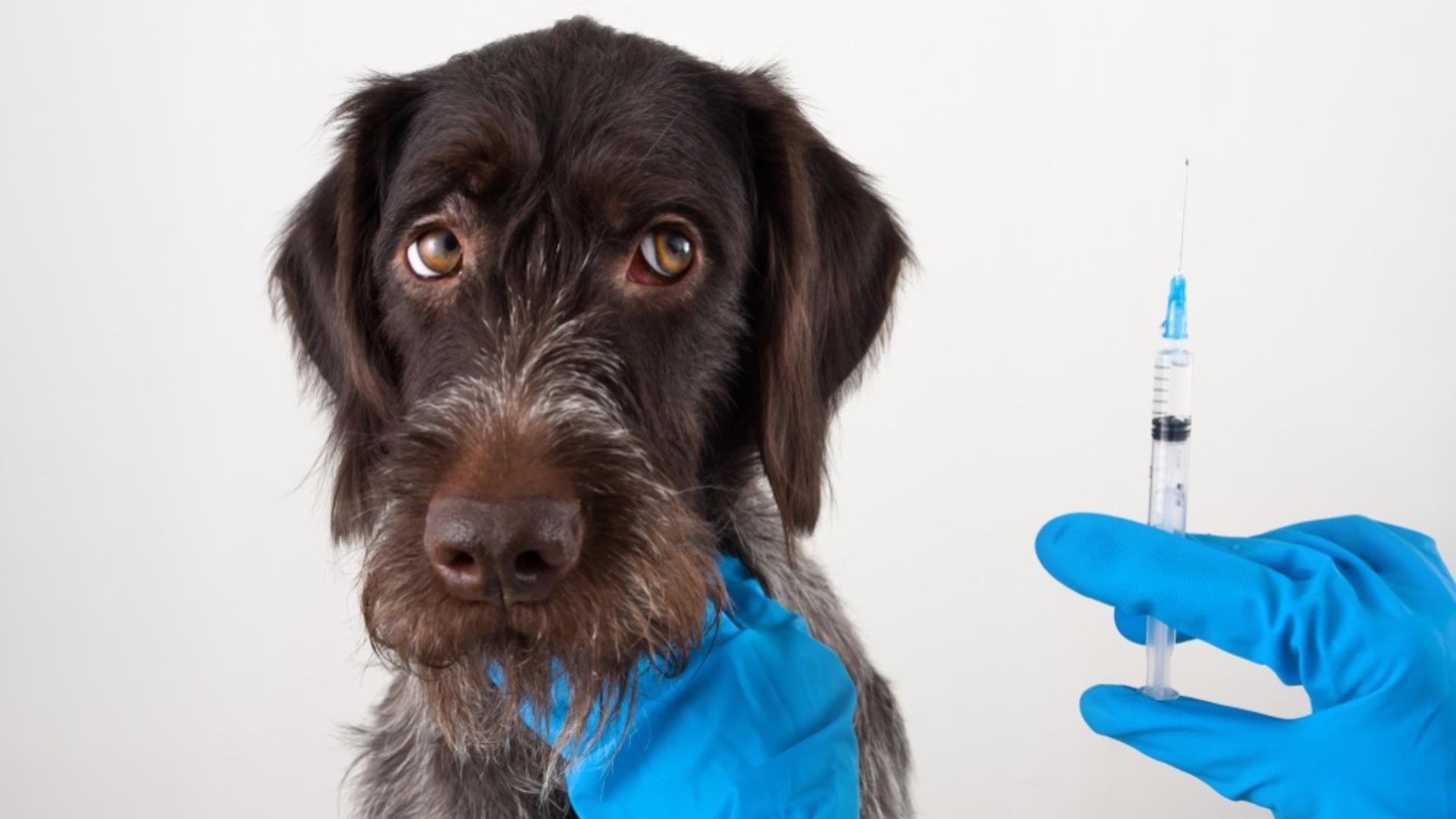A brilliant guide on how to vaccinate safely, here it is in all it’s glory, everything you need to know about taking care of your pet, not over vaccinating, being responsible and taking care of your pet, based on scientific review. Guidelines from the World Small Animal Veterinary Association are at the core of this article and something many vets ignore or don’t know about.
UNDERSTANDING VACCINATIONS, IMMUNISATION, TITER TESTING AND WSAVA GUIDELINES
The World Small Animal Veterinary Association (WSAVA) is a global veterinary community that bases their guidelines on evidence based veterinarian medicine. These guidelines are to give vets the current scientific advice on the best vaccination concept.
In this blog we will be discussing core vaccinations, the difference between vaccinating and immunising and WSAVA guidelines on vaccination protocol and titer testing.
Core vaccinations are “parvovirus, hepatitis and distemper” this is the DHP three in one vaccination currently in the UK. The only vaccinations you can give on its own is parvovirus.
What is the difference between vaccinating and immunisation?
Just because you have vaccinated your dog does not mean that your dog is immunised, when we give a vaccination, we aim to immunise. When a dog is immunised it means that the vaccination has worked and the dog has immunity to the diseases it has been vaccinated against. If you give the last vaccination when your pup is too young, they will still be covered by the mothers maternal immunity and the vaccination will not work/take. Then once the mothers maternal immunity has wained they can be unprotected against those diseases. If you have a dog that is a non responder, it is impossible to immunise them no matter how often you give a vaccination, these dogs will always be susceptible to those diseases.
WSAVA guidelines on puppy vaccinations
The recommendations are for initial core vaccinations at 6-8wks of age, then every 2/4wks until 16wks of age, then a booster at 6-12 months or a titer test 4wks after the 16wk vaccination, to check if the puppy is immunised. If the pup is immunised, then the guidelines say there is no need for the 6-12 month booster.
The difficulty is knowing at what age it is best to give the first vaccination as most pups with be covered by their mothers maternal immunity (MDA). Maternal immunity is passed to the pup through the colostrum in the mother’s milk. Maternal immunity can begin to wain as little as 8 weeks but can last up to 14-16 weeks and for this reason, the WSAVA states, there is “No single primary vaccination policy will therefore cover all situations”.
When getting a pup, it is important to know if the mother is immunised, if so the pup will have some maternal immunity. If you vaccinate early and give three vaccinations, you risk over vaccinating your pup but if you wait till later to vaccinate, there is a risk of your pup getting one of the illnesses. It depends on your pups circumstances and what risk you see as the greater. My advice is to base your decision on this. If the pup is hand reared, the pup will not have any maternal immunity therefore the earlier vaccinations would be more beneficial. Waiting to give the last vaccination at 16 weeks is important as this is when the dog is most capable of responding to the vaccination, as all of the mother’s maternal immunity will have wained.
How often should core vaccinations “parvovirus, hepatitis and distemper” be given?
Often these vaccinations are given annually, this should not happen as the data sheet that comes with the DHP vaccine states “once every three years”.
Once every three years, is in most cases, still too frequent for most dogs as the science has proven by serological testing and by challenge that core vaccinations can
last up-to the life time of the pet. This is why it is so important to always titer test before giving core vaccinations. WSAVA guidelines state not to be given more frequently than every three years. This does not mean to give every three years, it means they should not ever be given sooner that three years. Please see WSAVA guidelines below.
WSAVA GUILDLINES
❗️VACCINATIONS SHOULD NOT BE GIVEN NEEDLESSLY❗️
❗️CORE VACCINATIONS SHOULD NOT BE GIVEN MORE FREQUENTLY THAN ONCE EVERY THREE YEARS BECAUSE THE DURATION OF IMMUNITY IS MANY YEARS AND MAY BE UP TO THE LIFE TIME OF THE PET❗️
❗️A DOG THAT HAS RESPONDED TO CORE VACCINATIONS MAINTAINS SOLID IMMUNITY (immunological memory) FOR MANY YEARS IN THE ABSENCE OFANY REPEAT VACCINATIONS❗️
❗️IT MUST BE REMEMBERED THAT EVEN THE THREE YEAR LICENCE IS A MINIMUM DURATION OF IMMUNITY AND FOR MOST CORE VACCINATIONS THE TRUE DURATION OF IMMUNITY IS LIKELY TO BE CONSIDERABLY LONGER IF NOT LIFELONG❗️
❗️AN ADOPED ADULT DOG (OR PUPPY OVER 16WKS OF AGE) OF UNKNOWN VACCINATION HISTORY REQUIRES ONLY A SINGLE DOSE OF CORE VACCINATION TO ENGENDER A PROTECTIVE IMMUNE RESPONSE❗️
WSVSA statement on giving more than one core vaccination to an adult dog (or pup over 16 weeks of age and restarting vaccinations is…..
❗️THIS PRACTICE IS UNJUSTIFIED AND IS SIMPLY CONTRARY TO THE FUNDAMENTAL PRINCIPLE OF IMMUNOLOGICAL MEMORY❗️
How does a titer work?
To explain titer testing a little more, a titer test is a simple blood test that will look for circulating antibodies in the dogs bloodstream. When you do a titer test, the level of the titer (antibodies) is irrelevant, it doesn’t matter if your dogs titers come back high or low. Any measurable antibodies means the dog has immunity. These titers will go up and down depending what the circumstance is. A high titer doesn’t mean your dog is more immune than a low titer, a high titer can mean one of two things. The dogs immune system has been over stimulated by vaccinations or your dog has just come into contact with a said disease. For example, if there is a parvo outbreak in your area, your dogs titer to parvo will be high if it has come into contact with parvo. This is the immune system working. The reason the amount of circulating antibodies is different at all times is because it doesn’t make sense for the dogs body to produce antibodies when they are not required. This would put a strain on the dogs body so the immune system will only produce as and when they are needed to fight disease. The immune system works in two different ways, when your dog is immunised this creates memory cells. This is where immune memory is kept and when needed will produce antibodies. The down side of a titer test is it can give a false negative, i.e the test comes back with a 0 titer. This does not necessarily mean the dog has no immunity to that given disease, it could mean that the antibodies were too low to measure at that time. For example, if the dog has not been in contact with the disease but that may not mean that the dog does not have cell mediated immunity.
Example: My friends Springer Spaniel Bo, had his puppy vaccinations but when titer tested, his parvo titer was LOW. The vet wanted to give him a “booster” but my friend refused as she understands how the immune system works. She titer tested again 18 months later and Bo’s titer for parvo came back HIGH without previously having the suggested booster. This proves how the immune system can work perfectly. You cannot “boost” an immune dog’s immune systems.
In summary, it is extremely important we keep up with the science and not give vaccinations needlessly, we now have testing to see if our dogs have immunity! Never blindly vaccinate, always titer test first!
Thank for reading this.
MPN Team x










